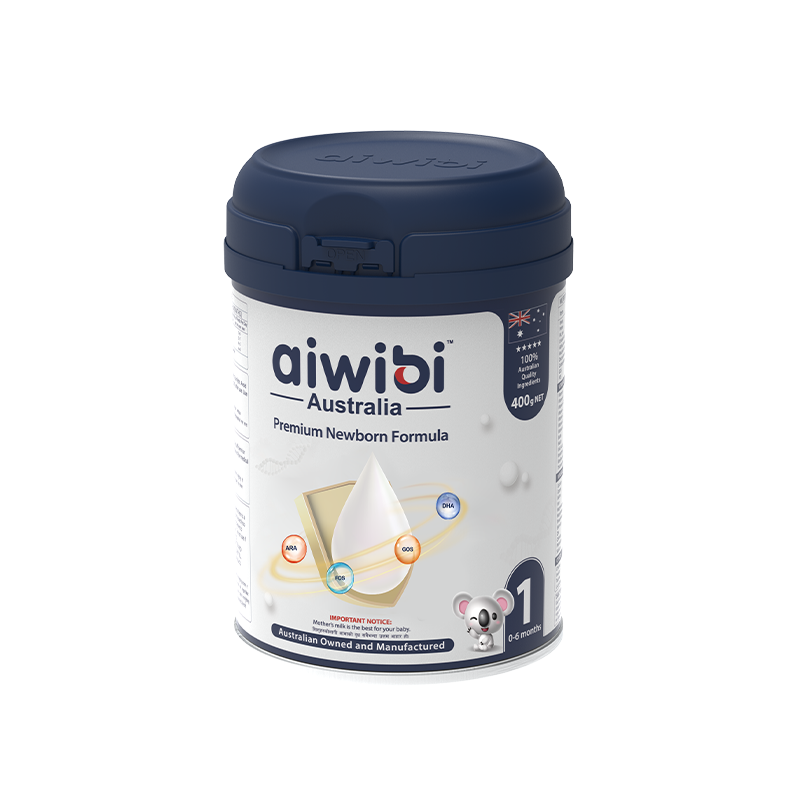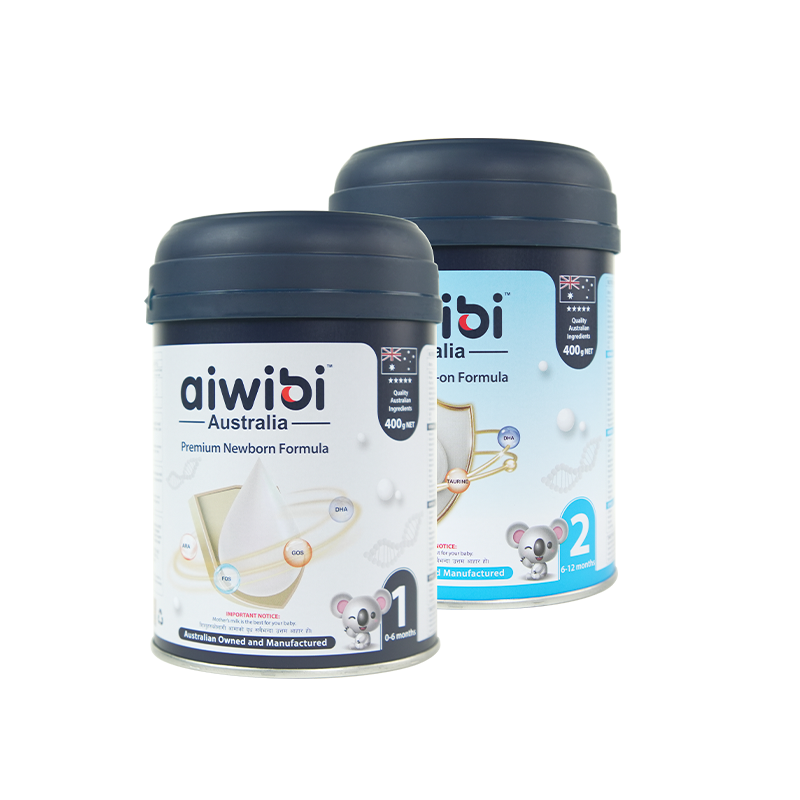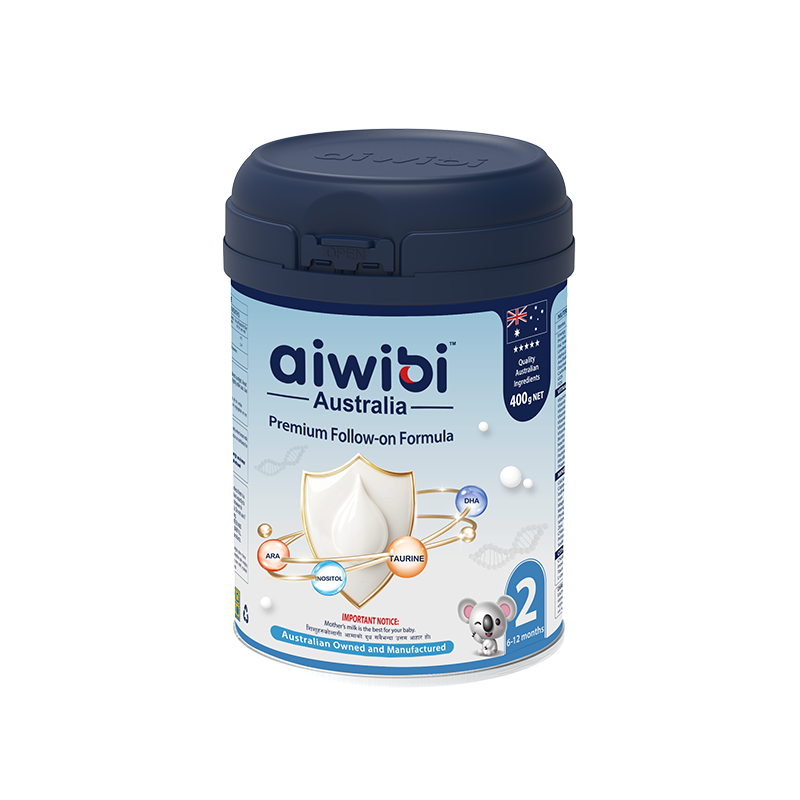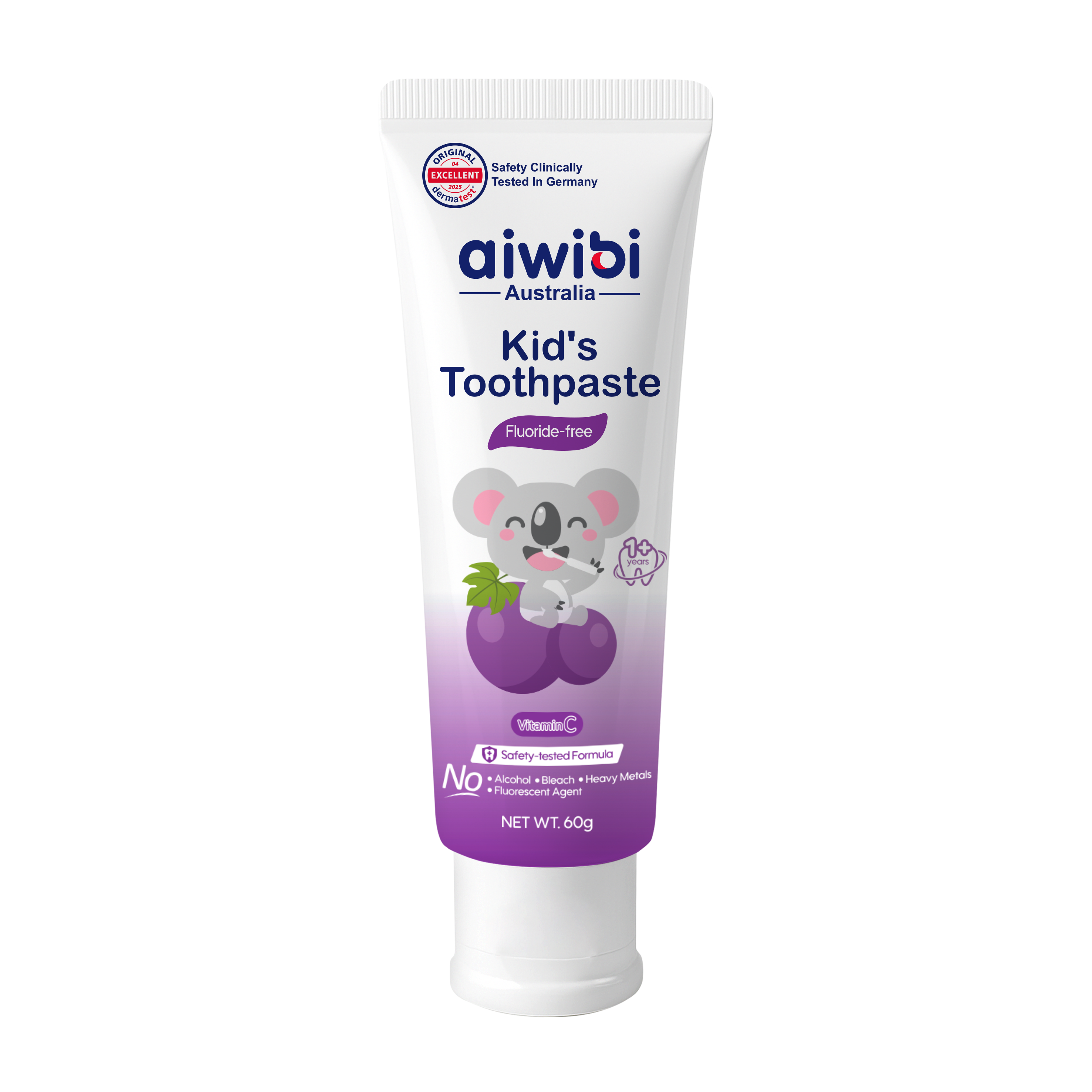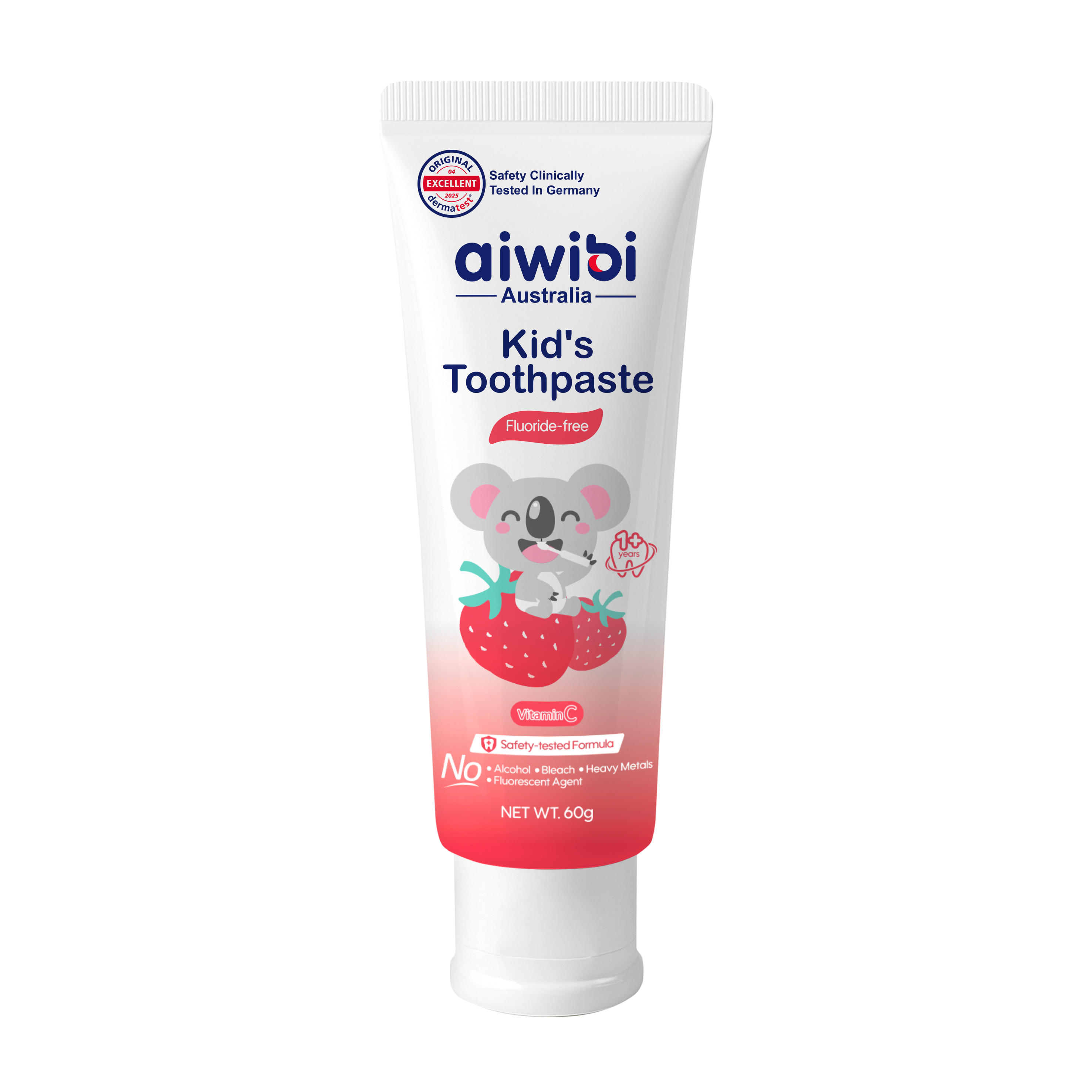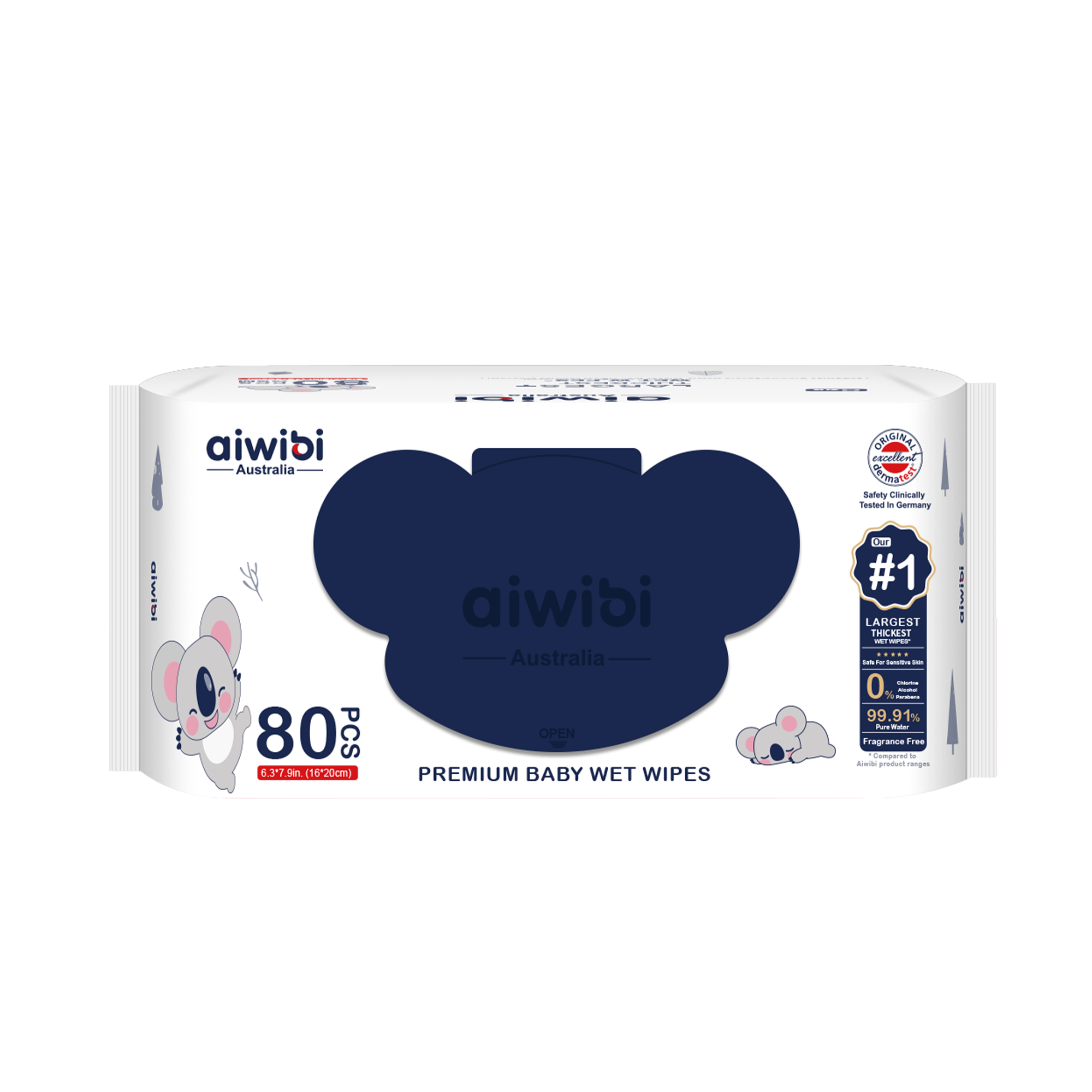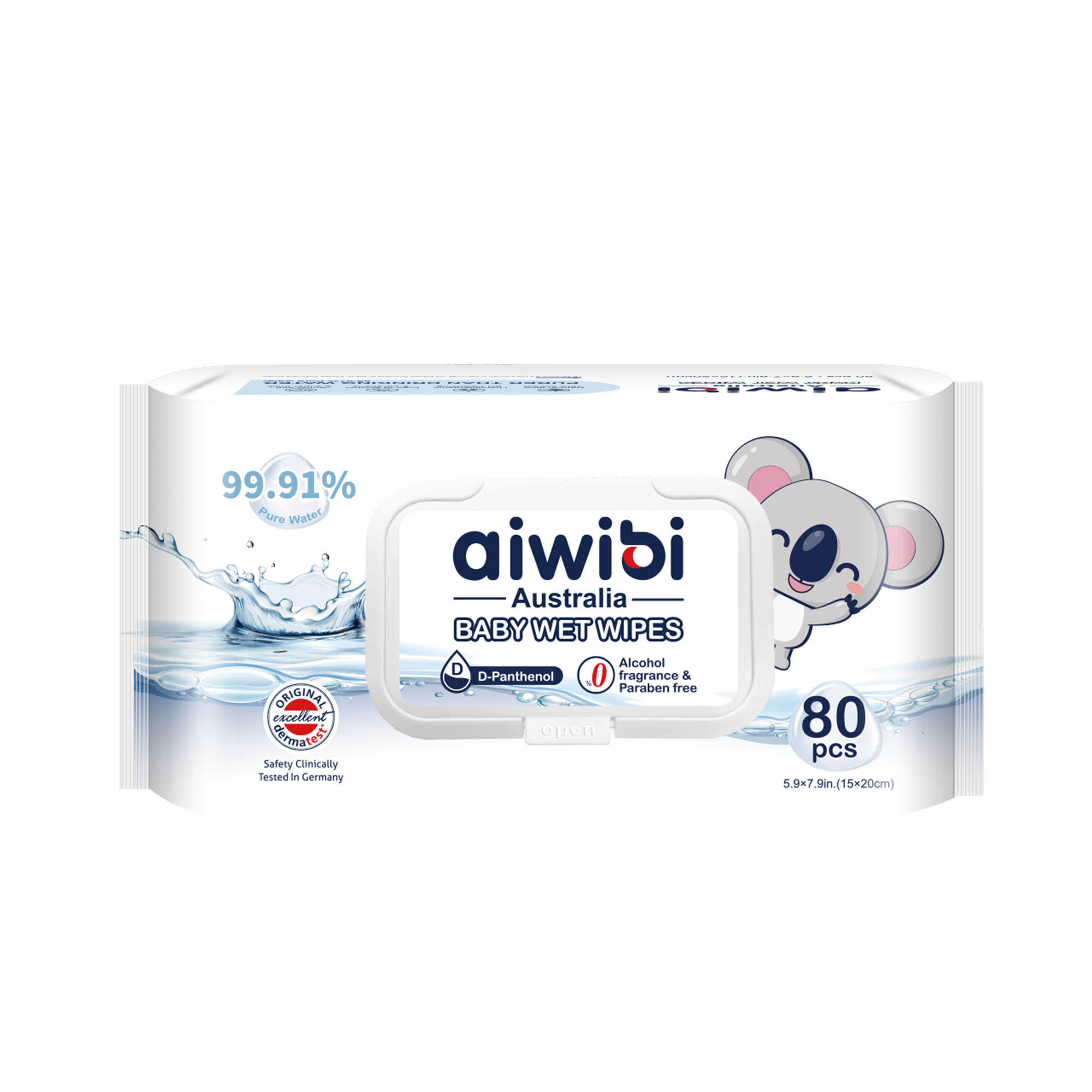Dear parents, have you ever been bothered by those "gurgling" or "rattling" sounds coming from your baby's throat? Especially for new parents, this can often cause anxiety, leading to worries about whether the baby is sick or has phlegm. Don't worry! Today, we'll delve into the common causes of these sounds and share scientific care methods to help you respond with peace of mind.
Why Do Babies Make These Throat Sounds?
First, in most cases, these "phlegmy sounds" don't mean your baby actually has phlegm that needs to be coughed up. There are two main common reasons:
1. Postnasal Drip
Just like when we have a cold and mucus runs into our throats, infants, especially newborns, have very narrow nasal passages. Mucus can easily drain back into the throat, and the excess fluid can cause a "clicking" or "gurgling" sound in the throat.
2. Immature Laryngeal Cartilage (Laryngomalacia)
About 50% of infants experience varying degrees of laryngomalacia. This is because the cartilaginous structures supporting the larynx are not yet fully developed, leading to phlegm-like sounds during breathing. This condition often occurs when the baby breathes deeply or drinks milk, but it naturally improves as the baby grows.

Why is it Difficult for Babies to Cough Up Phlegm?
A baby's phlegm can sound annoying, but why can't they cough it up as easily as adults?
- Insufficient muscle strength: A newborn's cough reflex is not yet fully mature, and their respiratory muscles and diaphragm are relatively weak, making them unable to cough forcefully to expel phlegm like adults.
- Deeper phlegm location: A baby's phlegm is often hidden deep in the trachea, and even in the bronchi and alveoli, making it harder to clear.
- Thick phlegm: Infant phlegm is usually very thick, like glue sticking to the tracheal wall, and since they don't actively cough, it's even harder to clear.
Scientific Methods to Help Babies Clear Phlegm
Here are some effective methods that can help your baby feel more comfortable:
- Deal with special situations: For thick phlegm, consult a doctor about whether saline nebulization is needed (never use nebulized medication without a doctor's advice).
- If your baby has a cold: First, clean the nose with saline solution, as babies rely more on mouth breathing when they have a cold, which can easily lead to phlegm.
Scientific Care Methods: Month-by-Month Guide
For these common situations, parents can follow the scientific care methods below to help their baby:
0-3 Month Newborns
- Avoid nasal sprays: Pressure can damage the nasal lining. Only use drops (1 drop per nostril).
- Cleaning time: Clean the nasal passages 20 minutes before breastfeeding/bottle feeding. The baby needs time to resume normal breathing.
- Elevate body position: You can place a rolled towel under the infant's mattress to slightly elevate the baby's head (avoid placing it directly under the back to prevent suffocation risk).
- Humidity control: Use a humidifier, but ensure it's 1.5 meters away from the crib to prevent mist from directly contacting the baby's face.
4-6 Month Infants
- Feeding position: Use the football hold (head slightly higher than the body), which helps reduce fluid reflux.
- Cleaning tools: You can now use spray-type saline solution (choose a fine mist type, aiming the nozzle towards the outside of the nose).
- Optimal care time: Once in the morning after waking up and once before bedtime.
7-12 Month Infants
- Active cooperation: When cleaning, you can talk to your baby, such as "We're going to wash your nose now," to build cooperation.
- Saline concentration: You can consult your doctor about using 2.2% hypertonic saline (more effective for thick mucus).
- Assisted posture: Have the baby sit in a high chair during cleaning, using the upright posture's gravity to help drain mucus.
- Handling accidents: If your baby suddenly sneezes or blows their nose, don't worry! This is a good way for them to self-clean. Immediately wipe it clean and smile while encouraging them: "Good job, baby!"
About Laryngomalacia: Month-by-Month Characteristics and Management
The development of a baby's respiratory tract is a gradual process, and the characteristics and management of "phlegmy sounds" vary each month:
0-3 Months (Newborn Period)
- Characteristics: The laryngeal cartilage is relatively soft, so breathing often makes "clicking" sounds, especially when drinking milk or sleeping. The nasal passages are very narrow, and a small amount of mucus or milk residue can also cause noticeable breathing sounds. Coughing is weak, and even with phlegm, it's difficult for them to cough it out; it's mostly expelled through swallowing or passing gas.
- Key actions: First, check for nasal congestion (flush the nose with saline and gently clean). Avoid excessive back patting (newborns' lungs are sensitive; gentle back rubs are sufficient).
4-6 Months
- Characteristics: The laryngeal cartilage gradually hardens, and "gurgling" sounds may decrease, but saliva secretion increases, which may lead to "drooling" sounds. Babies begin to learn to breathe through their mouths, and when they have a cold, they may have "wheezing" sounds.
- Key actions: Adjust sleeping position (side-lying or elevate the head by 15° to reduce cold risk). Increase tummy time when awake, which will help strengthen respiratory muscles.
7-12 Months
- Characteristics: Most babies' laryngeal cartilage is fully developed, and phlegmy sounds will decrease, but they may briefly reappear due to teething, colds, etc. Coughing begins spontaneously, but the intensity is not yet significant, and phlegm may still accumulate deep in the throat.
- Key actions: Encourage active coughing (you can do this by playing or imitating "coughing" sounds). Increase fluid intake (after 6 months, small amounts of warm water can be given to thin phlegm).
When to Seek Immediate Medical Attention?
While most situations are common and part of normal development, seek immediate medical attention if any of the following occur:
⚠️ Significantly faster breathing (newborn breathing rate exceeding 60 breaths/minute).
⚠️ Sternal retraction (indentation of the area between the collarbone, sternum, and intercostal spaces).
⚠️ Blue lips or fingernails.
⚠️ Refusal to eat or significantly reduced fluid intake.
⚠️ Irritability or excessive lethargy.
⚠️ Fever or worsening cough.

Reminders for Parents and Common Misconceptions
Please remember that in most cases, these symptoms will naturally improve as your baby grows (usually after 3-6 months). In the process of raising children, we need to observe, but also avoid excessive worry. Give your baby time to grow, and give yourself some space to adjust.
Avoid these mistakes:
- Do not use cough suppressants alone: They can inhibit phlegm expulsion.
- Do not pat the back too hard: This can cause harm.
- Do not use expectorants without authorization: Newborns require extra caution.
- Directly sucking baby's snot with your mouth: This carries the risk of infecting the baby with adult oral bacteria.
- Using sharp objects to dig nostrils.
- Avoiding strong suction with aspirators: This may cause nosebleeds due to negative pressure.
Observation and record-keeping are important:
- Record the time, frequency of phlegmy sounds, and other conditions of the baby to provide more accurate information for the doctor's consultation.
Dear parents, raising a baby is a journey full of challenges and surprises. Every baby has their own growth rhythm, and these little "buzzing sounds" are often just part of the growth process. I believe that with your meticulous care, your baby will grow up healthy and happy! If you still have questions, or if your baby shows any symptoms that concern you, consulting a pediatrician is always the safest option.


